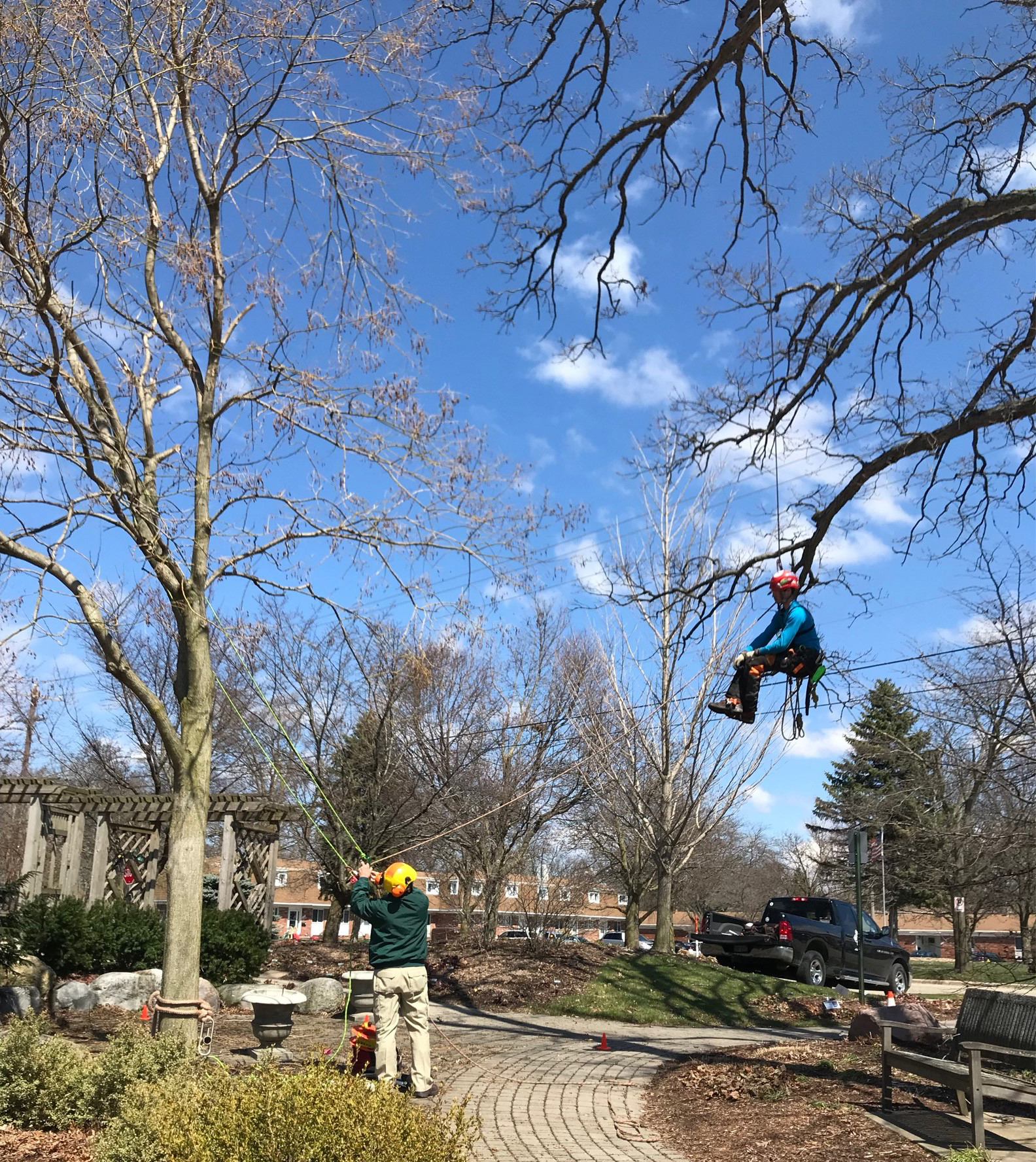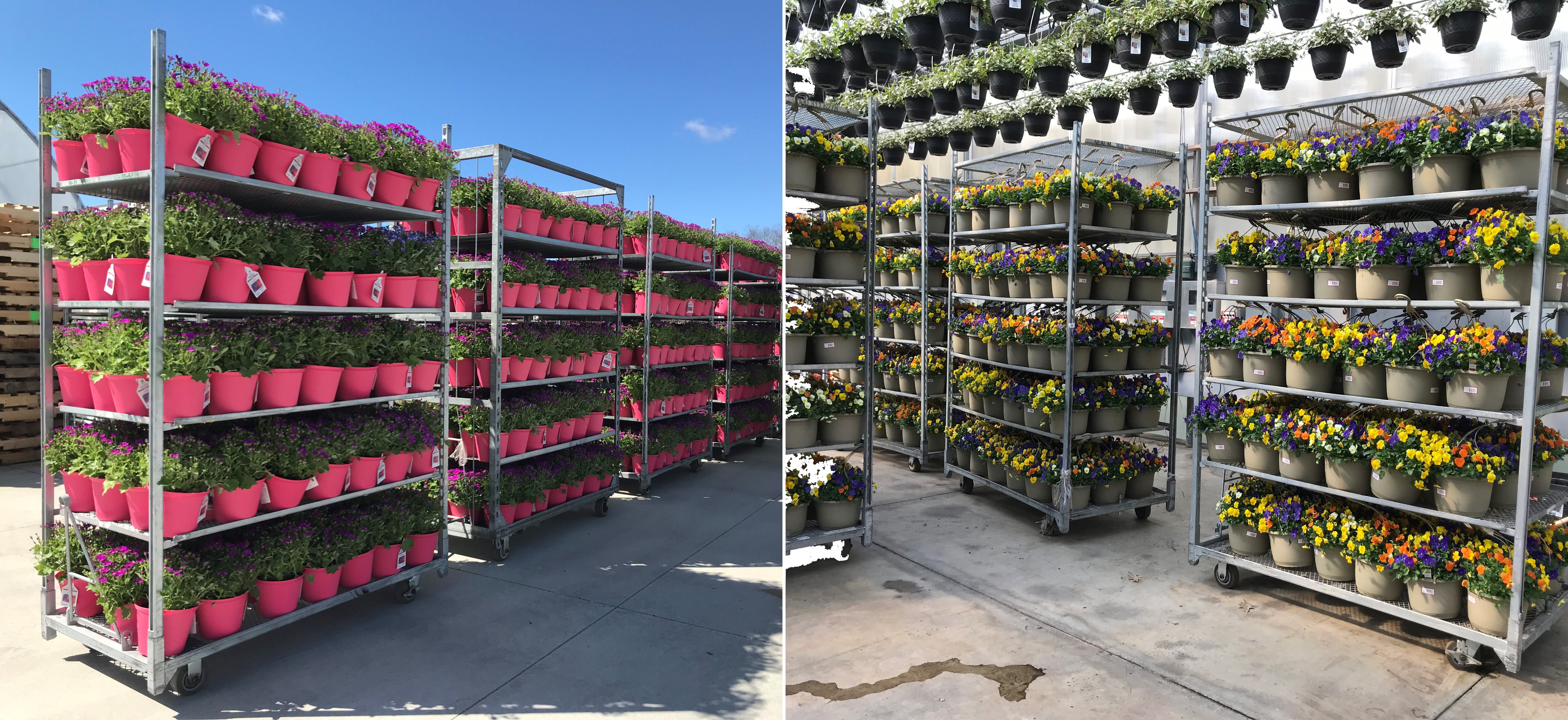Tree, turf and ornamental plant update – April 19, 2019
Spring has sprung in most of Michigan, leading gardeners to ask many common turf, pruning and pollinator health questions.

Spring has finally sprung—at least in some parts of Michigan. Currently, the western half of the Lower and Upper Peninsulas are up to 14 days behind normal according to the growing degree day (GDD) logs. Many locations in western Michigan are seven to 10 days behind average temperature accumulations. Southeastern Michigan and the eastern half of the Upper Peninsula is approximately on time with averages. Many locations in the Lower Peninsula broke records for the most snow on Sunday, April 14, including Grand Rapids with 4 inches and Muskegon with 8 inches. In the Upper Peninsula, the snow piles are now melting, the ice layers above the soil are melting and the daffodils are just beginning to emerge.
Throughout Michigan, the 14-day forecast is that it is likely to be warmer and wetter than normal through the end of April. According to the long-range forecast, May through July will likely have average rainfall and has a 33 percent chance of being warmer than normal.

Daffodils are blooming and magnolias are budding out in central Michigan. Forsythias are beginning to bloom, which is a good environmental clue that now is the time for crabgrass pre-emergent application.
The most common calls coming into the Michigan Lawn and Garden Hotline are about spring clean-up, pruning winter storm damaged trees, planting for pollinators, composting and alternatives for Colorado blue spruce. Around the state, arborists are staying very busy cleaning up after many trees were damaged from the ice storms in February and March. In the Grand Rapids area, many white pine trees sustained damage.
For those interested in pruning oak trees, the window where oak trees can safely be trimmed is now closed in most areas of the state. Oak wilt is a fungal pathogen that mainly affects red oaks. The pathogen (Bretziella fagacearum) grows through the xylem, or water conducting parts of the tree, causing a rapid death of a red oak within three to four weeks.

During spring clean-up, gardeners are asking how to approach cutting down the remnants of last year’s perennials or ornamental grasses as they can be a nesting spot for many beneficial insect species. For those interested in cleaning up their garden without possibly reducing the population of beneficial insects, gardeners should place the organic refuse on their compost pile.
Also, as the snow melts and people are cleaning up their lawns, many gardeners are noticing the remnants of red squirrel damage to spruce trees. The red squirrels feed on the spruce buds and in the process prune off the branch tips.

In addition to arborists, greenhouses in Michigan (third largest production of floriculture crops in the U.S.) are in the throes of their busiest weeks of the year. With the upcoming Easter holiday, greenhouses that were growing lilies shipped them to garden and floral retailers during the last three weeks. Greenhouses are finishing up propagating young plants within the next two weeks and are currently shipping products to stores such as those in southern Illinois, Indiana and Tennessee. Similarly, nursery producers have brought perennials and shrubs out of dormancy and prepared them for retailers. They are also reporting heavy shipping into especially southern and central U.S. stores.
Michigan State University Extension encourages gardeners to get out into their yards this weekend, keep cleaning up and planning this year’s new garden, and enjoy spring flowers as they emerge.



 Print
Print Email
Email




